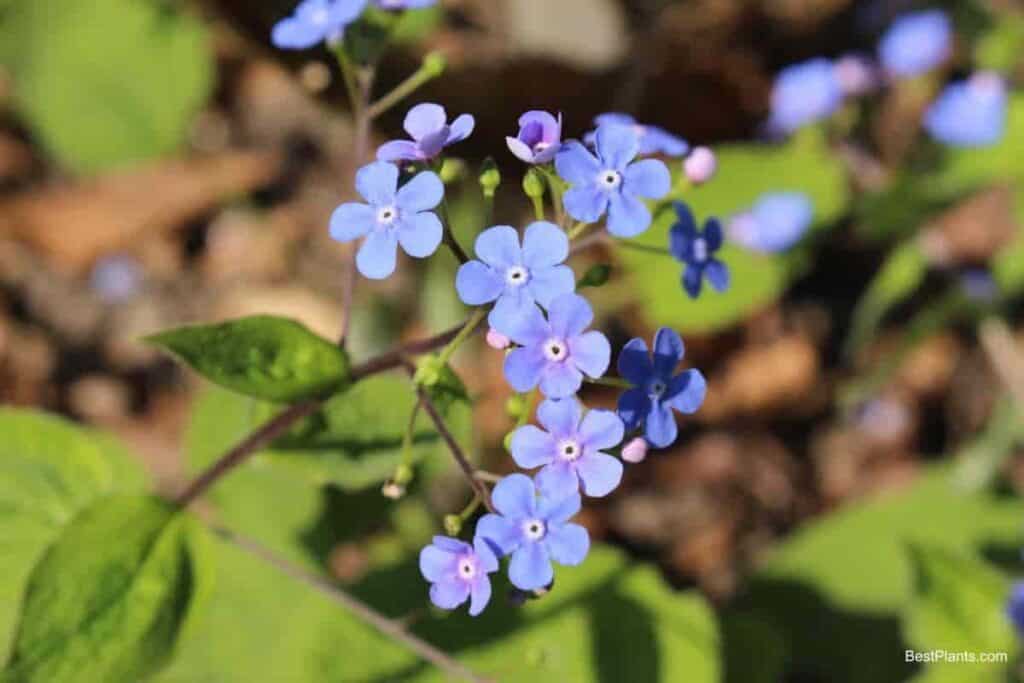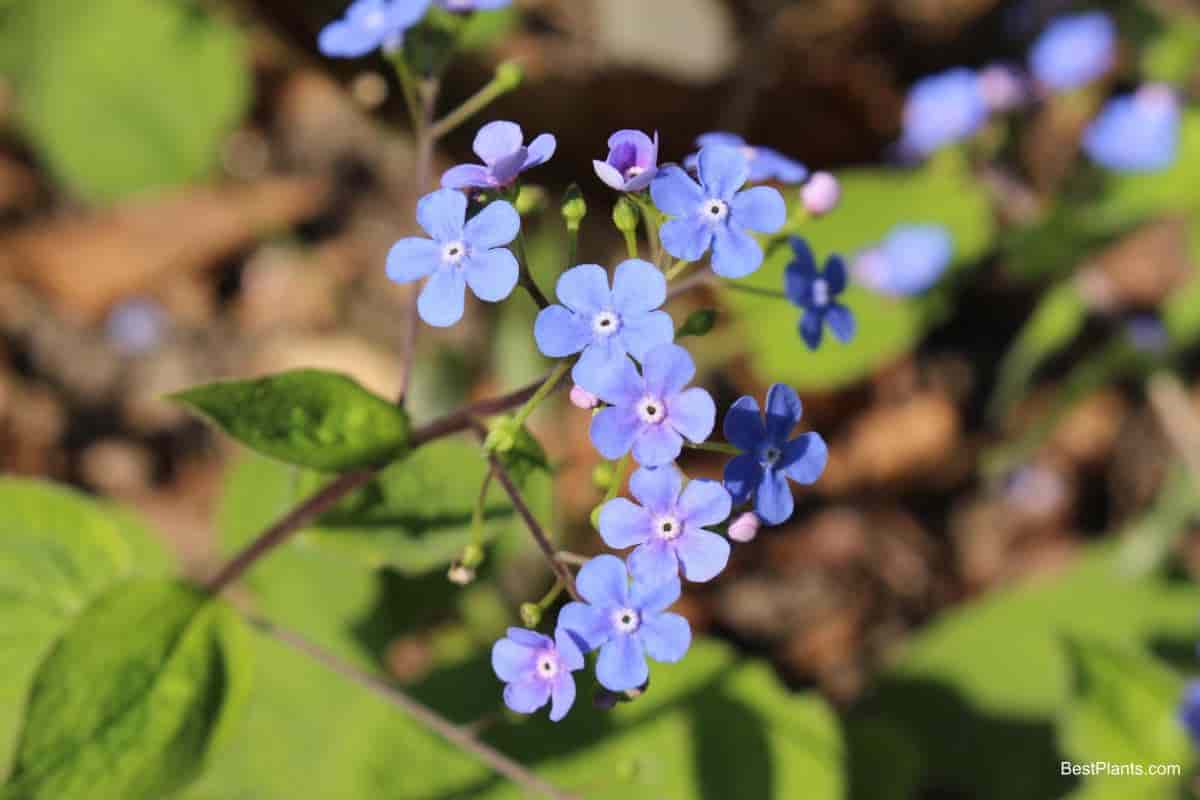On these busy days, homeowners are interested in gardens that require a minimum of care. Whether gardeners know plants well or simply like to “grow things” the first step is to consider the planning, planting, and upkeep. Otherwise, it is easy to become involved in both.

The design and size of the garden must conform to the style of the house. The proximity of neighboring buildings and property lines are also factors to consider when aiming for privacy or seclusion. If you look around, you will notice that some of the loveliest gardens are often found around the cottage doorways of smaller properties.
After determining the location and properly preparing the beds or borders, select suitable plants. A seasoned gardener knows that it pays to go to a reliable grower for healthy, well-rooted plants that are true to form and color. New gardeners do not always realize this and often become victims of dealers who are trying to get rid of surplus stock.
The following perennials hold their own, season after season, through summer and winter. Not only do they grow easily and take care of themselves, but require only a little feeding in the spring or early summer.
Spring bulbs are largely a matter of preference, although among perennials they are not recommended, since their foliage turns yellow and brown before it can be removed. Crocuses are hard to manage in borders because the tiny bulbs often get tossed about when digging or cultivating the soil. With daffodils, the leaves that must be allowed to ripen are unsightly in appearance.
On the other hand, daffodils and crocuses look lovely if naturalized in areas where they take care of themselves. Tulips lend themselves more easily to mixed borders, though like the crocus the bulbs may get dug up or cut in half by a spade.
It is a task to lift the bulbs each spring after blooming and store them for replanting in the fall, but some use this method. Many others have success by leaving them in the ground for several years.
The following are some dependable perennials for gardeners whose time, energy, and money are limited. Iris takes the lead. The dwarfs, such as Iris cristata and others, with their violet purple, and yellow flowers peeping out of thick gray-green leaves, six to eight inches high, bloom in April and May.
Taller varieties, which bloom later, may be planted in groups of three or more at intervals on the border. Or combine them with clumps of hardy candytuft, Siberian bugloss (Anchusa myosotiflora), and blue forget-me-nots, which bloom at the same time. Some worthwhile iris varieties to try are:
Favorite Peonies
Pennies that follow the iris are permanent plants that should be left undisturbed for many years. In late fall after the foliage has turned brown, is the time to move or divide large clumps. Feed liberally with bonemeal in the early fall and apply a balanced fertilizer in the early spring. Here are some peony varieties that rate high.
Dependable Daylilies
The daylily or hemerocallis is one of the easiest and most satisfactory perennials for a restricted garden, requiring very little care. Plants will grow in partial shade, but they bloom better in full sun. The clumps which grow rapidly need dividing every two or three years.
Before planting daylilies, consider the heights of the different kinds and keep tall varieties for the background of borders, plant medium kinds between phlox, iris, and peonies and place the low varieties along the front with dwarf iris, candytuft, and Anchusa.
Some daylilies are evergreen through the winter season. If the foliage is cut back to the base in late summer new growth will replace it. With kinds that are not evergreen, remove leaves in the same manner in the fall.
Dividing daylilies is work that requires patience, muscles, and a good spade. Avoid making too small divisions, since they need a year to develop into fair-sized clumps. The following daylilies are among the most outstanding.
Phlox is another dependable perennial for the restricted garden. Its gay and glowing colors do much to enliven gardens from June through October, especially if the first blooms are cut off after they have faded.
Hardy Chrysanthemums
To complete the garden picture chrysanthemums cannot be overlooked. With many gardeners, hardiness is a problem, but plants are more apt to die because their shallow roots suffer from the effects of alternate freezing and thawing.
Thus a winter mulch is necessary. Some gardeners even lift a small number of plants to winter in the cold frame. These are divided in the spring and later planted in the garden. Cuttings from the old clumps can also be rooted in light soil.
44659 by Mary Evans & Bryn Mawr
